The New Perennial Movement in planting design has a tendency to push trees into the background, yet trees are far more than a frame for exuberant planting and they deserve to take centre stage. In the temporary, manufactured setting of a show garden, trees give a sense of permanence allowing us to suspend our disbelief. In a real garden, trees are a magnetic presence that honour the seasons.
I frequently plant mature trees where instant effect is needed; often mixing them alongside smaller specimens that will establish quickly and eventually outstrip the more expensive purchase. Compared to the price of a bespoke oak pergola or a retaining brick wall, the cost of planting a mature tree in a well-considered position is a worthwhile investment.
I once planted four mature multi-stem Amelanchier canadensis in a café garden. Within a single day the modest 7m x 10m space was transformed from a building site into a secret garden, sheltered from the outside bustle of the street and animated not only by sunlight streaming through the boughs, but also by the amelanchiers’ kooky, sinuous stems and later, their April blossom.
Here are more garden design ideas.
The best trees for small gardens
Trees that provide a delicate canopy for a small space
Often, we are reluctant to plant trees because of the potential shade they will cast. Amelanchier, crab apple (Malus) Koelreuteria, hawthorn (Crataegus) and birch (Betula) are all popular small garden trees as they have a delicate canopy that gently filters the light, allowing perennials to grow beneath their spread.
In Scandinavia the use of woodland as a setting for your home is common; in the UK, less so, but trees planted up close to the glass of a modern extension to frame intimate views can work really well. Birch trees, for example, can be planted up close to the glass of a modern extension to frame intimate views. Or choose other trees with a delicate canopy, such as field maple (Acer palmatum), euonymus (such as Euonymus europaeus ‘Red Cascade’) or an ornamental cherry such as Prunus x subhirtella ‘Autumnalis’.
Amelanchier
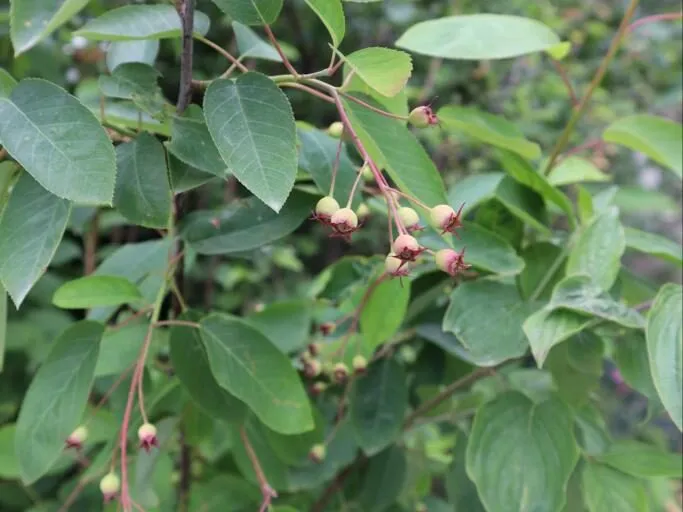
Amelanchiers are often cited as the best trees for small gardens, as they offer blossom in spring, berries in summer and colourful autumn foliage. They have excellent wildlife value, too. They are often available as multistemmed trees, which adds an architectural element to your garden.
Crab apple
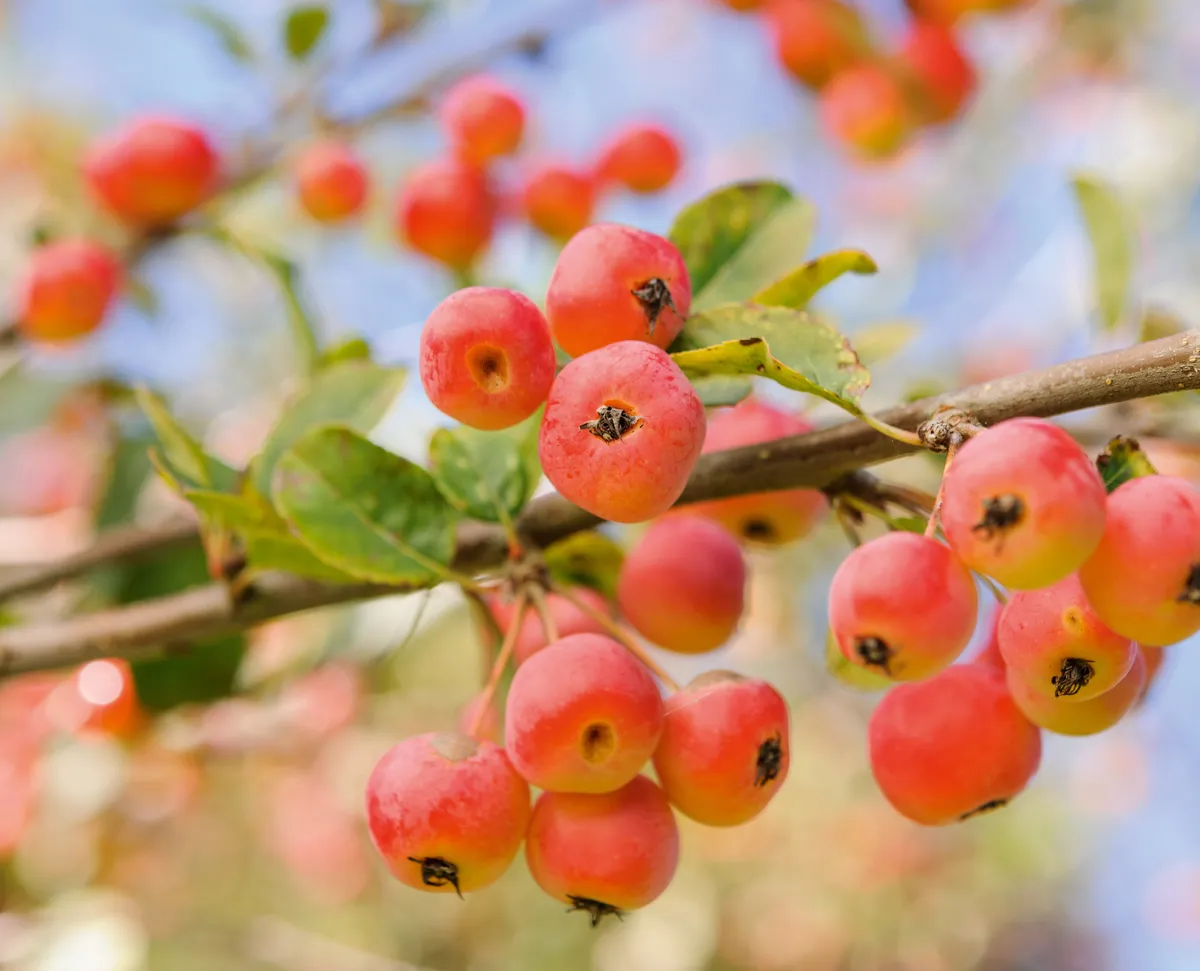
Crab apples are another great all rounder tree for a small garden, offering stunning blossom in spring in shades of pink or white, and colourful fruits in autumn. Read our feature on the best crab apple trees.
Hawthorn
Hawthorn, or cratageus, are smothered with white or pink blossom in spring and berries in autumn. They are tough trees that are great for wildlife; many different birds love the berries. They can also be grown as part of a hedge.
Silver birch
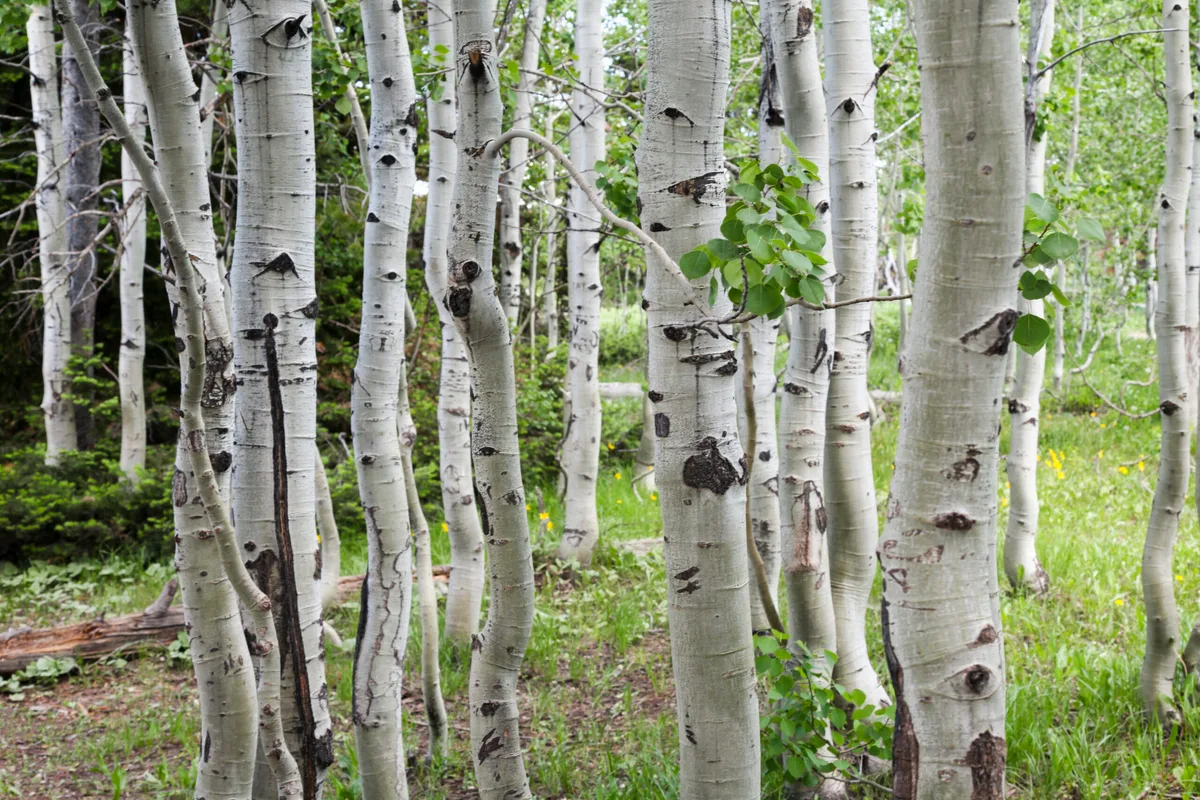
The UK's native silver birch, Betula pendula is a popular tree for small gardens, with a light canopy, tactile peeling white bark and yellow leaves in autumn. Betula utilis var. jacquemontii, has the whitest bark. Birches offer dappled shade and look beautiful underplanted with shade loving plants and spring bulbs.
Best trees to create dense shade in small gardens
Some trees, such as figs and mulberries, create a denser shade and are more suited to hot courtyard spaces, where they will provide welcome respite from strong sun.
Fig tree
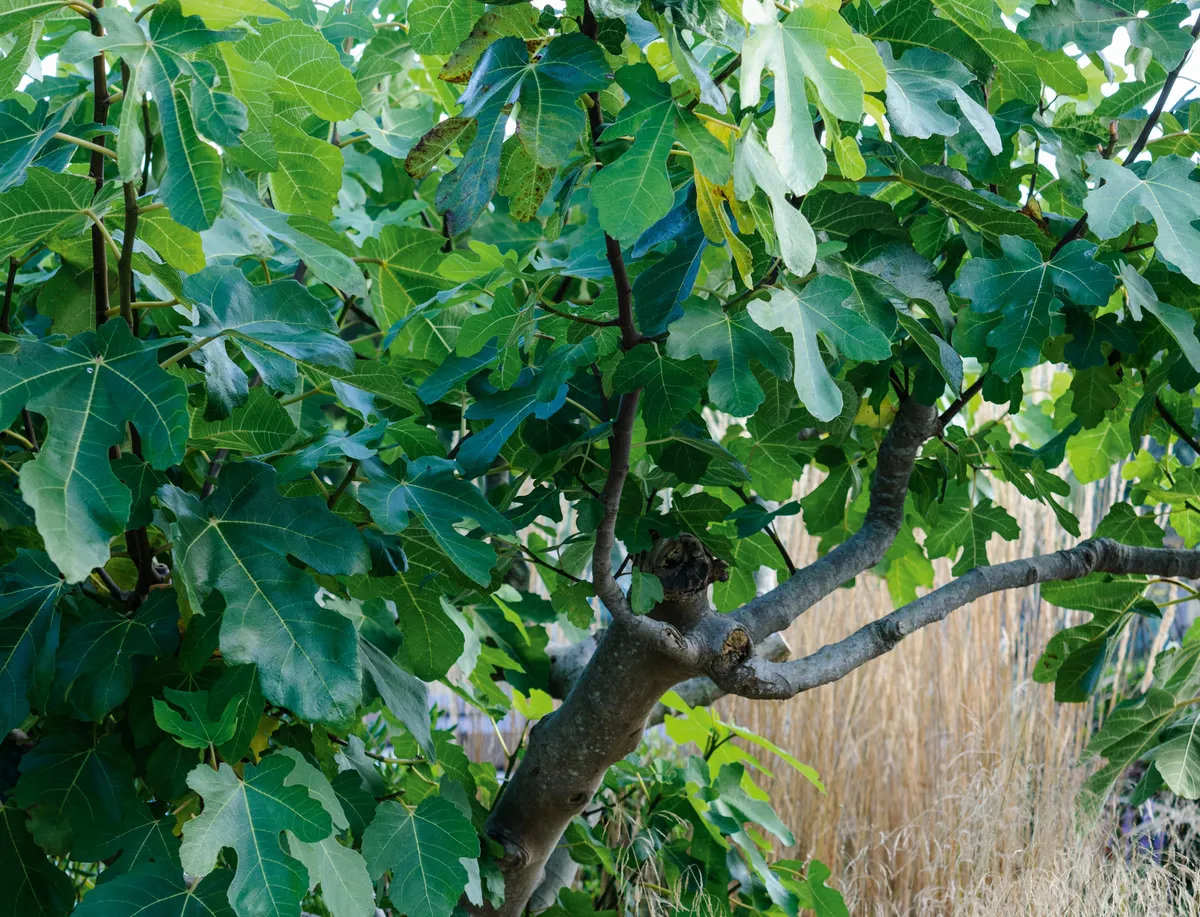
Several species of fig, such as 'Brown Turkey' or 'Brunswick' have been bred to grow in the UK climate. They also grow extremely well in containers, as they like to have their roots restricted, making them ideal for small spaces. Figs have attractive foliage that is scented when crushed, and of course bear delicious fruits. Figs are self-fertile, so you only need to grow one tree.
Mulberry

Mulberries (Morus alba or Morus nigra) make an interesting architectural feature in a small garden, thanks to their spreading, gnarled form. In a small garden they can be grown as a standard or half standard tree.
Using trees as parasols in small gardens

In many small gardens there is already a tree that could form the perfect focus for the garden if given the space. ‘Halo felling’ is a romantic phrase for a practical woodland management policy that allows a broadleaf tree’s beauty to shine. This means clearing enough shrubs and trees around a single tree to create a halo of light, enabling that one tree to thrive.
This sensitive treatment honours the spirit of a tree and can be applied to even the smallest of spaces.
Careful editing can extend to self-seeding saplings, such as hornbeam, oak or even ash, which can be pruned into low cloud-like forms or twisted together to from an abstract shape or tunnel.
Alternatively, many trees can be bought as trained umbrella or parasol trees, including hornbeam, lime and mulberry.
Hornbeam
Using pleached trees in small gardens
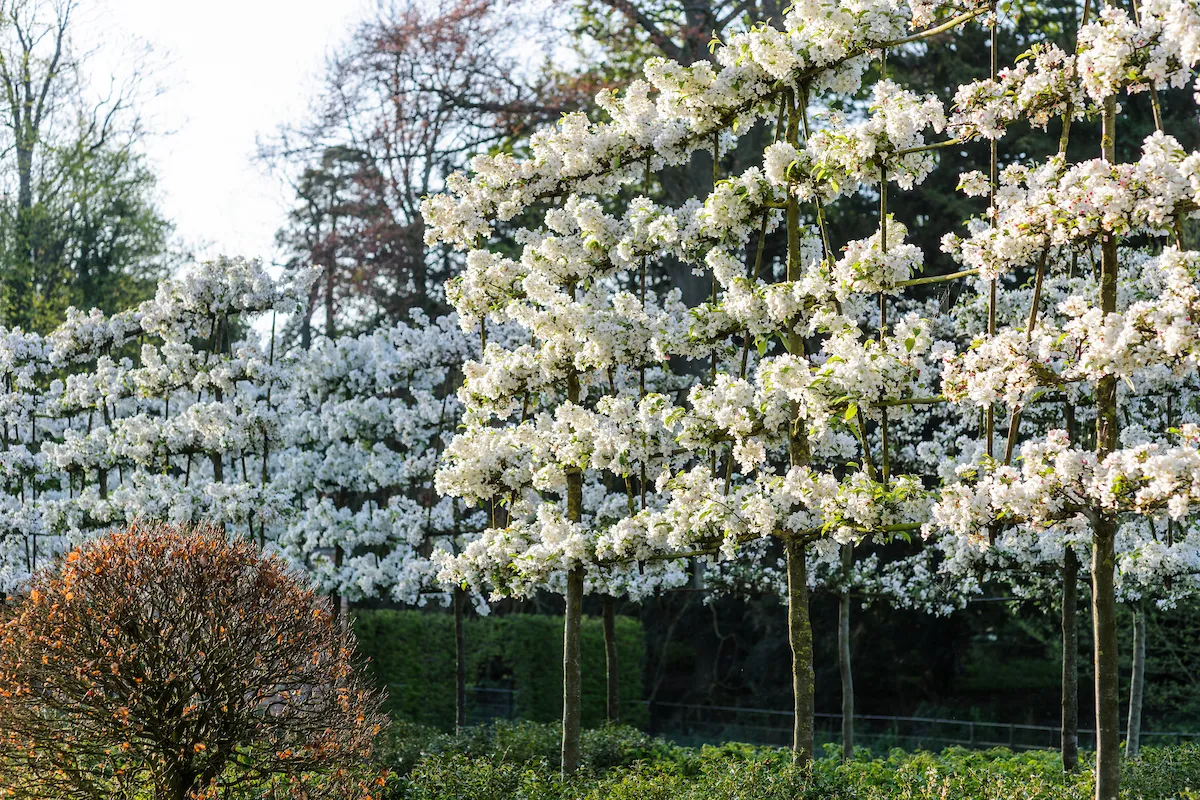
Pleached trees are trained trees that have straight clear stems and a head of branches that have been formally trained onto framework. Often seen in formal gardens, they are useful in smaller gardens as they can provide screening and privacy.
Hornbeam and limes are commonly trained as pleached or stilted trees and can be bought ready trained. However, many other species are just as effective when pleached, including the crab apple Malus ‘Evereste’, mulberry (Morus alba), pear (Pyrus calleryana ‘Chanticleer’), plane (Platanus x hispanica) and field maple Acer campestre.
Trees can also be trained as espaliers against a fence or to screen a space – fruit trees are often grown this way.
Saplings are available in many different cultivated shapes and once planted can be trained exactly to suit your space.
Read our advice on how to train fruit trees, or take a look at our favourite tree-planting tools and supplies.